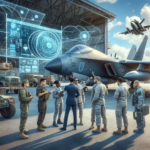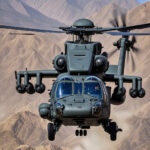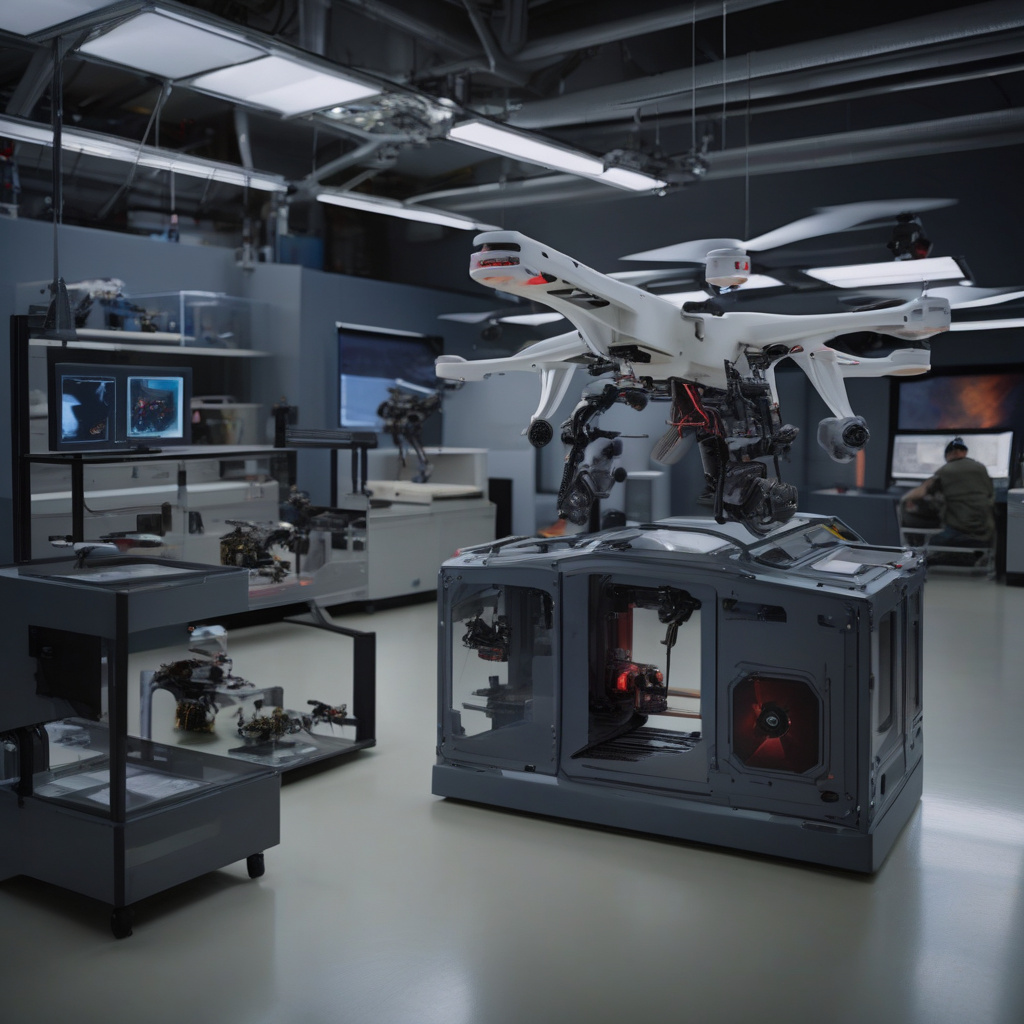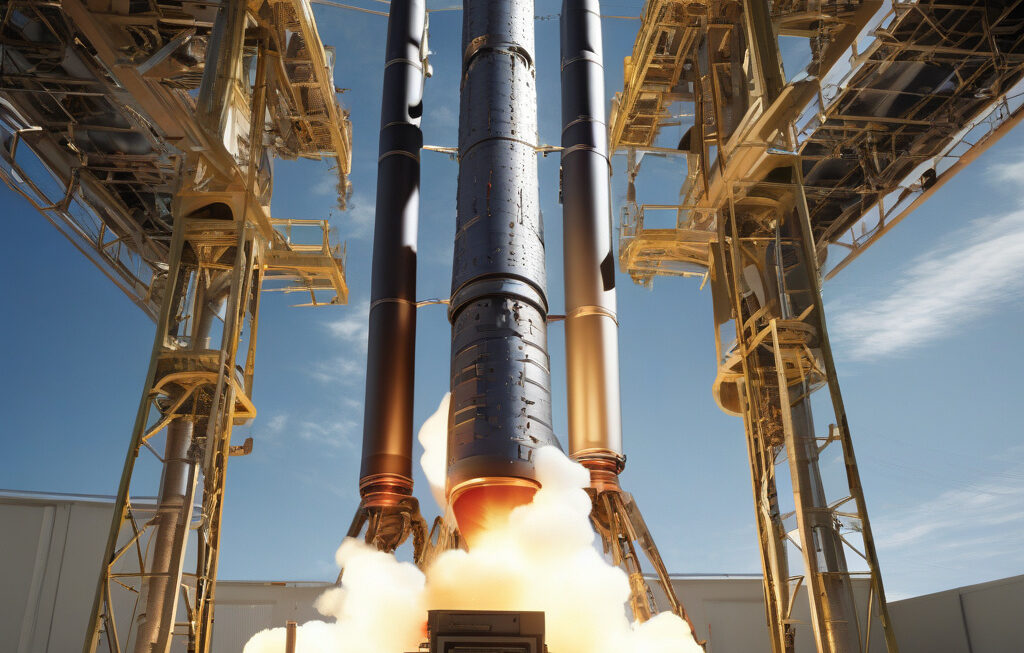From Printer to Predator: How 3D Printing Could Shape the Future of Drone Warfare
Drones and 3D printing are two technologies that have already changed many aspects of our lives. However, when combined, they have the potential to revolutionize the landscape of warfare as we know it. The marriage of these two innovations opens up a realm of possibilities for military applications, particularly in the development and deployment of unmanned aerial vehicles for surveillance, reconnaissance, and even combat scenarios.
One of the key advantages of using 3D printing in the production of drones is the speed and cost-effectiveness it offers. Traditional manufacturing processes for drones can be time-consuming and expensive, requiring specialized tools and materials. With 3D printing, complex drone components can be produced quickly and affordably, allowing for rapid prototyping and customization to meet specific mission requirements.
Furthermore, the flexibility of 3D printing enables the creation of drones with intricate designs that may not be feasible with traditional manufacturing methods. This opens up new possibilities for stealthier and more aerodynamic drone models, enhancing their overall performance and capabilities on the battlefield.
In addition to the manufacturing benefits, 3D printing also allows for on-demand production of drone parts in the field. This is particularly advantageous in remote or hostile environments where the availability of spare parts may be limited. By having the ability to print replacement components on-site, military forces can significantly reduce downtime and maintenance costs, ensuring that their drone fleets remain operational at all times.
Moreover, 3D printing enables rapid iteration and evolution of drone designs based on real-time feedback from the field. This agility in development ensures that military forces can stay ahead of adversaries by quickly adapting to changing threats and operational requirements. It also facilitates continuous improvement and innovation in drone technology, leading to more advanced and sophisticated unmanned systems.
Despite the numerous benefits that 3D printing offers to the field of drone warfare, there are also challenges and concerns that need to be addressed. One major issue is the potential misuse of this technology by non-state actors or hostile entities to produce drones for malicious purposes. The accessibility of 3D printing technology raises questions about the regulation and control of drone production, highlighting the need for international cooperation and standards to prevent misuse.
Furthermore, the security implications of using 3D-printed drones in military operations cannot be overlooked. There are concerns about the vulnerability of these drones to hacking or cyber attacks, which could compromise their functionality and pose risks to both military personnel and civilians. As such, robust cybersecurity measures must be implemented to safeguard 3D-printed drones from potential threats.
In conclusion, the integration of 3D printing into the realm of drone warfare represents a significant advancement with far-reaching implications. By leveraging the speed, cost-effectiveness, and flexibility of this technology, military forces can enhance their drone capabilities and agility on the battlefield. However, it is crucial to address the ethical, legal, and security challenges associated with 3D-printed drones to ensure responsible and safe use in military operations. The future of drone warfare is evolving, and 3D printing is poised to play a pivotal role in shaping that future.
innovation, militarytechnology, 3Dprinting, dronewarfare, securityconcerns












